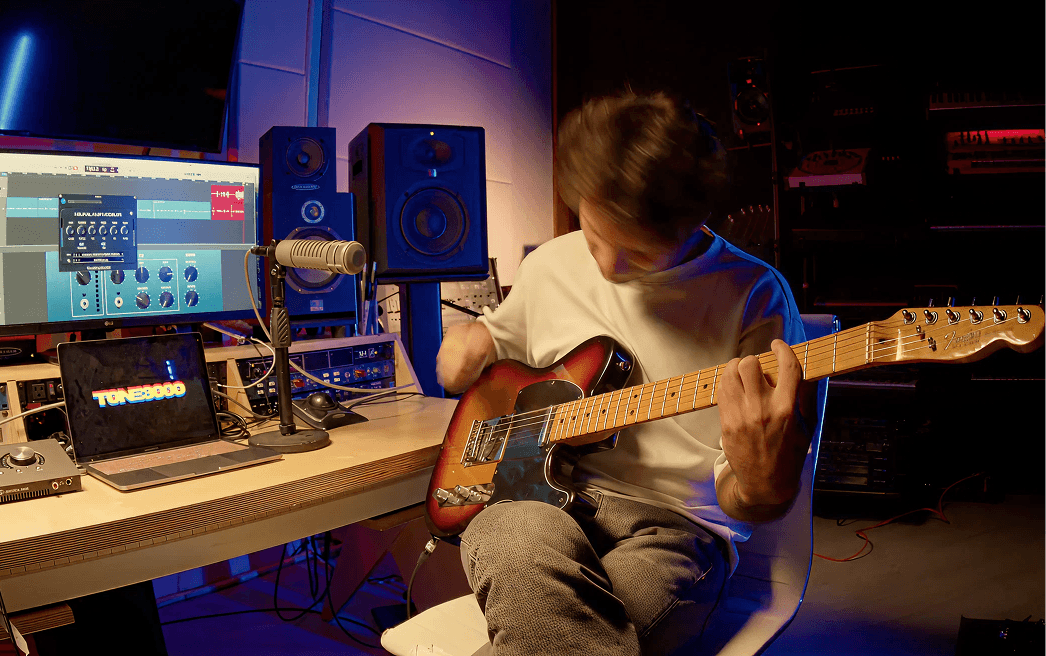

Mesa Boogie Badlander 50 - Crunch Channel - 11.5dBu
Amp Head Capture
NAM
outmodedelectronics
5 months ago
Preview
Models
Each model captures the gear at specific settings.
ESR: 0.0017
Epochs: 1000
Sweep Signal
Standard
Captured on
ESR: 0.0016
Epochs: 1000
Sweep Signal
Standard
Captured on
ESR: 0.0017
Epochs: 1000
Sweep Signal
Standard
Captured on
ESR: 0.0017
Epochs: 1000
Sweep Signal
Standard
Captured on
ESR: 0.0017
Epochs: 1000
Sweep Signal
Standard
Captured on
ESR: 0.0015
Epochs: 1000
Sweep Signal
Standard
Captured on
ESR: 0.0021
Epochs: 1000
Sweep Signal
Standard
Captured on
ESR: 0.0018
Epochs: 1000
Sweep Signal
Standard
Captured on
Custom
Custom
License: T3K
Users may download and use the data file in software and publish the resulting outputs without royalties or restrictions. However, they may not upload, republish, or distribute the data file without the author's permission.Use Your Tones
Load NAM files and IR's from TONE3000 onto a free plugin or compatible pedal.
NEW TO TONE3000?
Discover hyper-realistic digital models of iconic gear, including the Fender Twin Reverb, Vox AC30, Marshall JCM 800, and thousands more. Getting started is easy—and free!
